39 pauli exclusion principle diagram
PPTX PowerPoint Presentation -Pauli Exclusion Principle(Wolfgang Pauli, Austria, 1900-1958) An orbital can hold only two electrons and they must have opposite spin. Good NOT. Aufbau Diagram for Hydrogen. Aufbau Diagram for Helium. Aufbau Diagram for Lithium. Aufbau Diagram for Beryllium. Aufbau Diagram for Boron. Aufbau Diagram for Carbon. valenceelectrons.com › germanium-electronGermanium(Ge) electron configuration and orbital diagram To create an orbital diagram of an atom, you first need to know Hund’s principle and Pauli’s exclusion principle. Hund’s principle is that electrons in different orbitals with the same energy would be positioned in such a way that they could be in the unpaired state of maximum number and the spin of the unpaired electrons will be one-way.
What are Hund's Rule, Pauli Exclusion Principle, and the ... Pauli Exclusion Principle Pauli exclusion principle states that in a single atom no two electrons will have an identical set or the same quantum numbers (n, l, ml, and ms). To put it in simple terms, every electron should have or be in its own unique state (singlet state). There are two salient rules that the Pauli Exclusion Principle follows:
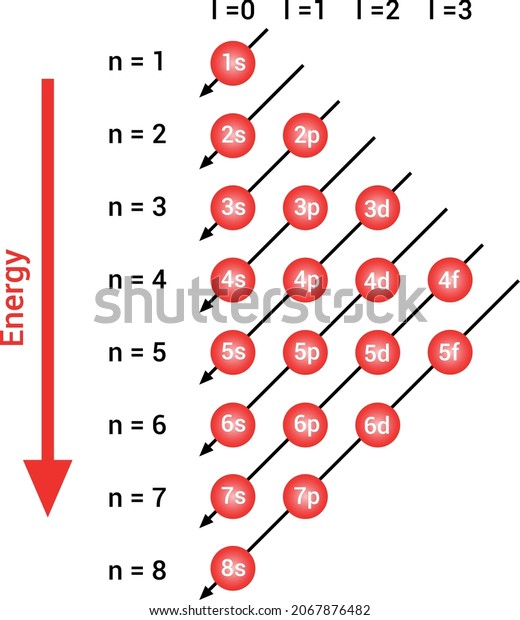
Pauli exclusion principle diagram
Hund's Rule, Pauli Exclusion Principle & Orbitals Diagrams ... An electron occupies the lowest energy orbital that can receive it. Q. All orbitals of equal energy are occupied by one electron before any single orbital is occupied by a second electron. Q. No two electrons in the same atom can have the same four quantum numbers. Q. Which guideline, Hund's rule or the Pauli exclusion principle, is violated ... topblogtenz.com › nitrogen-orbital-diagramNitrogen Orbital diagram, Electron configuration, and Valence ... The orbital diagram for nitrogen is drawn by following three principles – the Aufbau principle, Hund’s principle, Pauli’s exclusion principle. The nitrogen orbital diagram comprises three orbitals. The three orbitals are 1s, 2s, and 2p. The first two electrons will go in 1s orbital, the next two in 2s orbital, and the last three in 2p ... valenceelectrons.com › chromium-electron-configurationChromium(Cr) electron configuration and orbital diagram And Pauli’s exclusion principle is that the value of four quantum numbers of two electrons in an atom cannot be the same. To write the orbital diagram of chromium(Cr), you have to do the electron configuration of chromium. Which has been discussed in detail above. 1s is the closest and lowest energy orbital to the nucleus.
Pauli exclusion principle diagram. In which of the following orbital diagrams are both Pauli ... In the diagram of the option (D) are both Pauli exclusion principle and Hund's rule violated. Pauli exclusion principle : Two electrons in an atom cannot have the same set of all four quantum numbers. In the given diagram, two electrons in s subshell have same spin. This violets Pauli exclusion principle. Aufbau's Principle, Hund's Rule & Pauli's Exclusion ... This chemistry video explains what is the aufbau's principle, hund's rule, and pauli's exclusion principle and how it relates to orbital diagrams, electron c... PDF Pauli, Hund and Aufbau The Periodic Table Pauli Exclusion Principle: No two electrons can have the same 4 quantum numbers. Hund's Rule (one of three) For an electron shell with multiple orbitals, the term with maximum number of unpaired spins has the lowest energy. There are exceptions to Aufbau principle and Hund's Rules, but not the Pauli exclusion principle Pauli Exclusion Principle - ChemistryGod Energy level diagram of sodium. As we can see from the above diagram, all paired electrons in an orbital have opposite spins. It is the violation of the principle to place parallel spins in an orbital. The Pauli exclusion principle is fundamental to the structure of the atom. It affects the electronic configuration of the atom.
Hund's Rule, Pauli Exclusion Principle & Orbitals Diagrams ... Question 2. SURVEY. 120 seconds. Q. All orbitals of equal energy are occupied by one electron before any single orbital is occupied by a second electron. answer choices. Aufbau principle. Pauli exclusion principle. Hund's rule. The orbital diagram in which both the Pauli's exclusion ... Pauli's Exclusion principle: No two electrons in the same atom can have identical values for all four of their quantum numbers. Hund's rule: Every orbital in a subshell is singly occupied with one electron before any one orbital is doubly occupied, and all electrons in singly occupied orbitals have the same spin. Pauli Exclusion Principle: Definition, Application ... The Pauli exclusion principle states that in a single atom no two electrons will have a matching set or equal quantum numbers (n, l, ml, and ms). To explain it more simply, each electron must have or be in its own unique state. There are two relevant procedures that the Pauli Exclusion Principle follows: What are the Pauli Exclusion Principle, Aufbau Principle ... What are the Pauli Exclusion Principle, Aufbau Principle, and Hunds Rule? They are rules we use to fill electron orbital filling diagrams. Fill from the bo...
Solved Which orbital-filling diagram violates the Pauli ... Best Answer. This is the best answer based on feedback and ratings. 100% (14 ratings) as per Pauli's Exclusion P [ …. View the full answer. Transcribed image text: Which orbital-filling diagram violates the Pauli exclusion principle? Previous question Next question. › question-answer › draw-theDraw the molecular orbital diagram of N2N2 + N2 Write class ... In a molecular orbital diagram, the diagram of molecular orbital energy levels is shown as horizontal lines. Degenerate orbitals (orbitals having the same energy) are shown side by side in these diagrams. Electrons are filled according to the Pauli Exclusion Principle. Basic structure of molecular orbital diagram for nitrogen is: The orbital diagram in which both the Pauli's exclusion ... Hello students in this question. The orbital diagram orbital diagram, in which diagram in which both polly exclusion principle, police exclusion principle and homes rule are violated. Okay so we have to determine that dagger. So the correct option for this problem is the option B. Okay. Which can be drawn like this. So this is the background which is given in this problem of in the option B. Pauli Exclusion Principle | definition and example According to Pauli Exclusion Principle, No two electrons can have samples values of the quantum numbers n, l,m l and m s or they can not have all these quantum numbers similar; at least one of the four numbers which are strictly required to Specify the state of an electron should be different from the quantum numbers which specify the state of another electron of the same atom.
What is the Pauli Exclusion Principle? + Example The Pauli Exclusion Principle states that no two electrons can have the same four quantum numbers. The fourth quantum number is the electron spin quantum number ms = ± 1 2. An orbital can contain a maximum of two electrons, which can have three quantum numbers in common, but not the same spin quantum number.
Pauli Exclusion Principle - Chemistry LibreTexts The Pauli Exclusion Principle states that, in an atom or molecule, no two electrons can have the same four electronic quantum numbers. As an orbital can contain a maximum of only two electrons, the two electrons must have opposing spins.
› fermi-dirac-distribution-energyFermi Dirac Distribution:Energy Band Diagram, Boltzmann ... Fermi-Dirac statistics is the branch of quantum statistics, that describes the distribution of particles in energy states that contains identical particles obeying Pauli-Exclusion Principle. Since F-D statistics is applied to particles with half-integer spin, these are called fermions.
Pauli Exclusion Principle - Meaning, Applications, and FAQs The Pauli exclusion states that no two electrons can have an identical set of quantum numbers. The Pauli principle applies to identical particles with half-integral spin i.e., S = 1/2, 3/2, 5/2 In other words, each electron should have its own singlet state or unique state. The salient features of the Pauli exclusion principle are as follows:
Pauli Exclusion Principle - an overview | ScienceDirect Topics Pauli's Exclusion Principle states that no two electrons in the same atom can have identical values for all four of their quantum numbers. In other words, (1) no more than two electrons can occupy the same orbital and (2) two electrons in the same orbital must have opposite spins ( Figure 46 (i) and (ii) ). Sign in to download full-size image
Pauli, Aufbau, Hund - ChemistNate b) violates the Aufbau principle, because the 1s orbital is missing an electron. There should not be electrons in 2s until 1s is filled! c) violates the Pauli Exclusion Principle since both electrons in the 1s orbital are "spin up". This means that both have the same m s and so they have the same four quantum numbers.
SOLVED:Apply the Pauli exclusion principle, the aufbau ... Apply the Pauli exclusion principle, the aufbau principle, and Hund's rule to write out the electron configuration and draw the orbital diagram for each of the following elements. a. silicon $\quad$ b. fluorine $\quad$ c. calcium $\quad$ d. krypton
techiescientist.com › c2h6-lewis-structureC2H6 Lewis Structure, Molecular Geometry, Hybridization ... Mar 09, 2022 · According to Pauli’s exclusion principle, one atomic orbital can have a maximum of two electrons with opposite spins. The same is also true for molecular orbitals. The pairing of electrons in the degenerate molecular orbitals will take place only when all the degenerate molecular orbitals are singly occupied.
Pauli Exclusion Principle | Chemistry for Non-Majors So the two electrons in the 1s orbital are each unique and distinct from one another because their spins are different. This observation leads to the Pauli exclusion principle, which states that no two electrons in an atom can have the same set of four quantum numbers.The energy of the electron is specified by the principal, angular momentum, and magnetic quantum numbers.
Pauli Exclusion Principle - Definition, Explanation, Examples The Pauli exclusion principle states that in a single atom no two electrons will have an identical set or the same quantum numbers (n, l, m , and m s ). To put it in simple terms, every electron should have or be in its own unique state (singlet state). There are two salient rules that the Pauli Exclusion Principle follows:
The orbital diagram in which both the pauli's exclusion ... Time Transcript; 00:00 - 00:59: hello today the question is the orbital diagram in which both the Pauli exclusion principle and on stool are violated this question we have to choose the orbital diagram in which both these rules that is pauli's exclusion principle and monsoon are violated so far as to what are these rules for lease exclusion principle politics principle says that an orbital ...
What are Hund's Rule, Pauli Exclusion Principle, and ... The Pauli Exclusion Principle states that no two electrons can be identified by the same set of quantum numbers. This is actually why we have the spin quantum number, ms, to ensure that two electrons within the same orbital have unique sets of quantum numbers.
Pauli exclusion principle - Wikipedia The Pauli exclusion principle with a single-valued many-particle wavefunction is equivalent to requiring the wavefunction to be antisymmetric with respect to exchange. If and range over the basis vectors of the Hilbert space describing a one-particle system, then the tensor product produces the basis vectors
Answered: What rule is being broken in this… | bartleby Solution for What rule is being broken in this orbital diagram? 1s 2s 2p O Aufbau Principle O Hund's Rule O Pauli Exclusion Principle. close. Start your trial now! First week only $4.99! arrow_forward. learn. write. tutor. study resourcesexpand_more. Study Resources. We've got the study and writing resources you need for your assignments. Start ...
Pauli Exclusion Principle and Hund's Rule - Kentchemistry.com Aufbau Principle - electrons fill orbitals starting at the lowest available energy state before filling higher states (1s before 2s). Pauli Exclusion Principle. An orbital can hold 0, 1, or 2 electrons only, and if there are two electrons in the orbital, they must have opposite (paired) spins. When we draw electrons, we use up and down arrows.
Nickel(Ni) electron configuration and orbital diagram To create an orbital diagram of an atom, you first need to know Hund's principle and Pauli's exclusion principle. Hund's principle is that electrons in different orbitals with the same energy would be positioned in such a way that they could be in the unpaired state of maximum number and the spin of the unpaired electrons will be one-way.
Hund's Rule, the Pauli Exclusion Principle & the Aufbau ... Pauli Exclusion Principle The box represents the orbital of the 1s subshell. The up arrows are electrons with spin-up, and the down arrows are electrons with spin-down. Only two electrons with...
valenceelectrons.com › chromium-electron-configurationChromium(Cr) electron configuration and orbital diagram And Pauli’s exclusion principle is that the value of four quantum numbers of two electrons in an atom cannot be the same. To write the orbital diagram of chromium(Cr), you have to do the electron configuration of chromium. Which has been discussed in detail above. 1s is the closest and lowest energy orbital to the nucleus.
topblogtenz.com › nitrogen-orbital-diagramNitrogen Orbital diagram, Electron configuration, and Valence ... The orbital diagram for nitrogen is drawn by following three principles – the Aufbau principle, Hund’s principle, Pauli’s exclusion principle. The nitrogen orbital diagram comprises three orbitals. The three orbitals are 1s, 2s, and 2p. The first two electrons will go in 1s orbital, the next two in 2s orbital, and the last three in 2p ...
Hund's Rule, Pauli Exclusion Principle & Orbitals Diagrams ... An electron occupies the lowest energy orbital that can receive it. Q. All orbitals of equal energy are occupied by one electron before any single orbital is occupied by a second electron. Q. No two electrons in the same atom can have the same four quantum numbers. Q. Which guideline, Hund's rule or the Pauli exclusion principle, is violated ...
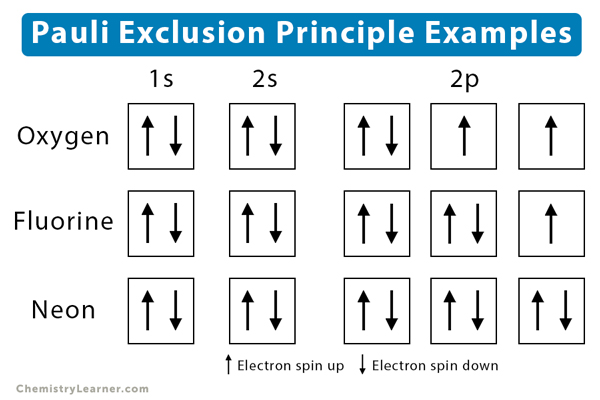





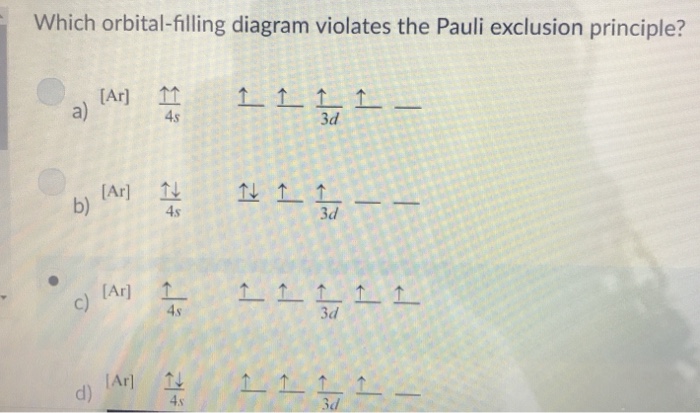


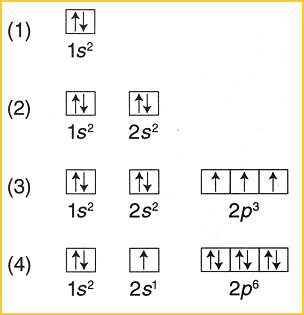

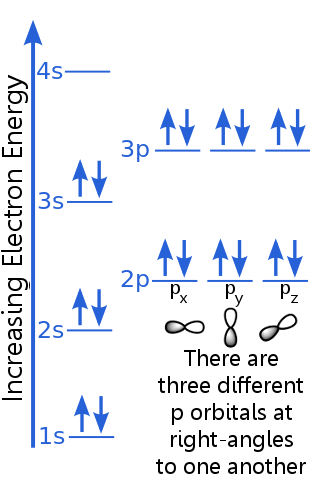
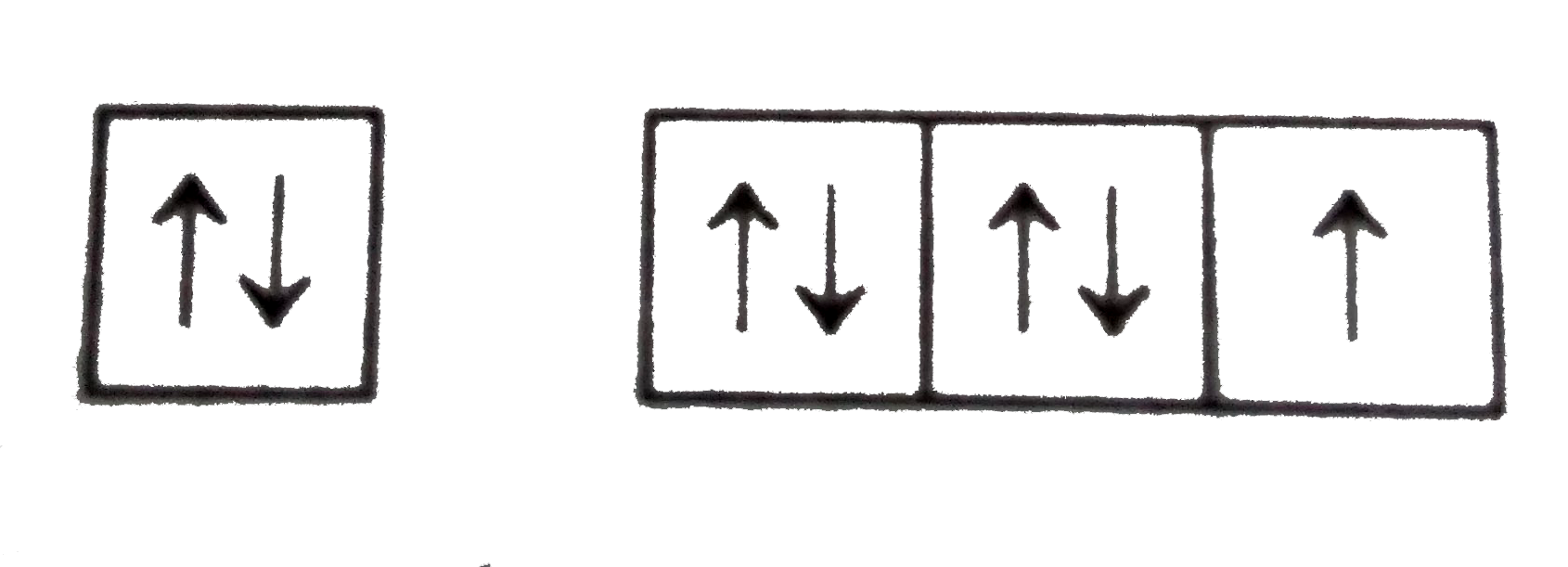
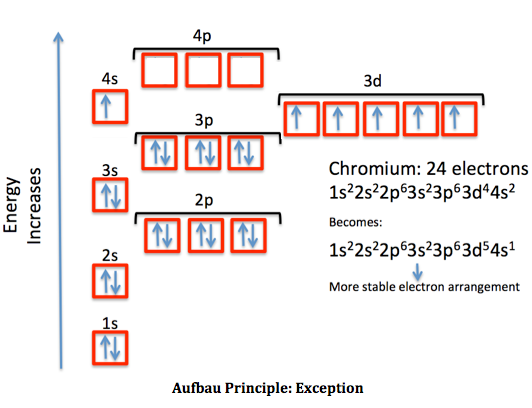


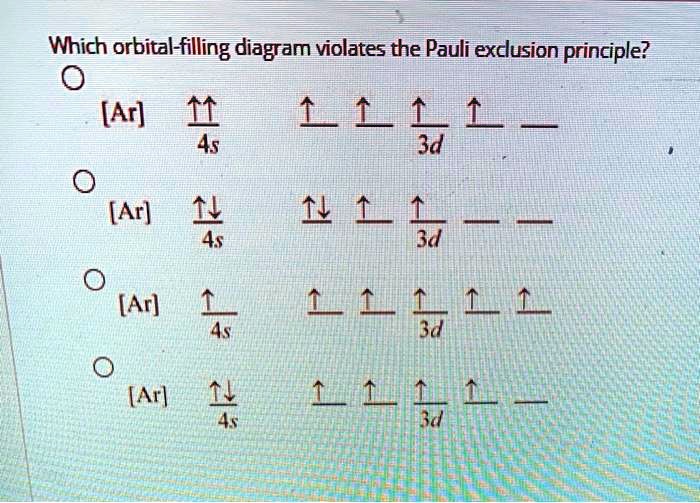
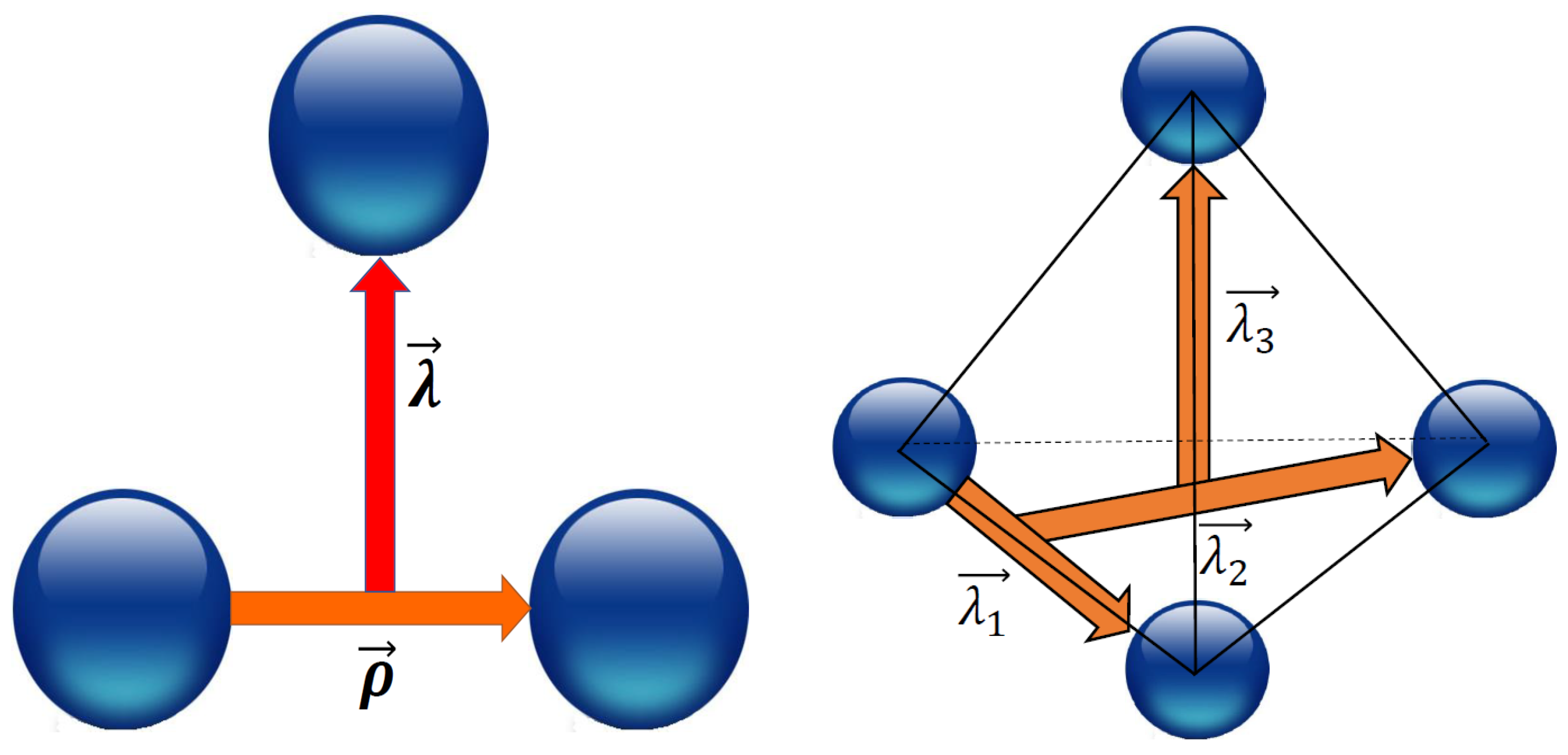

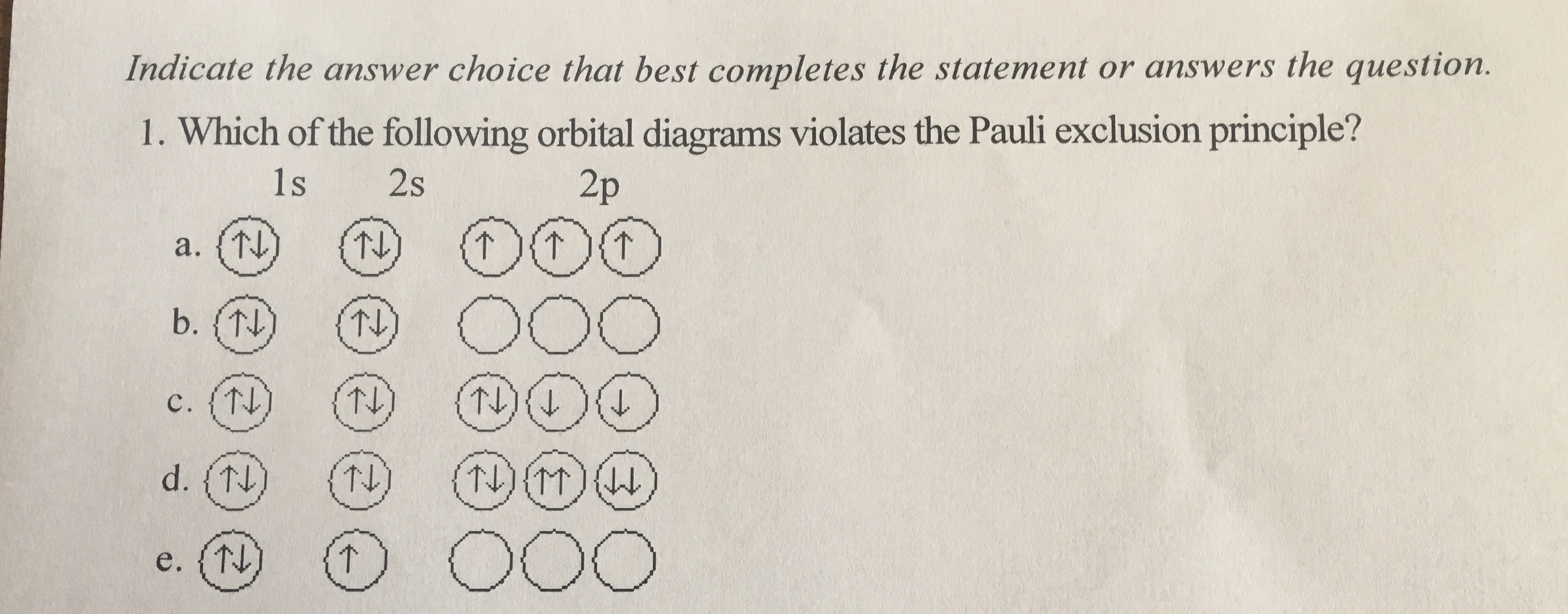

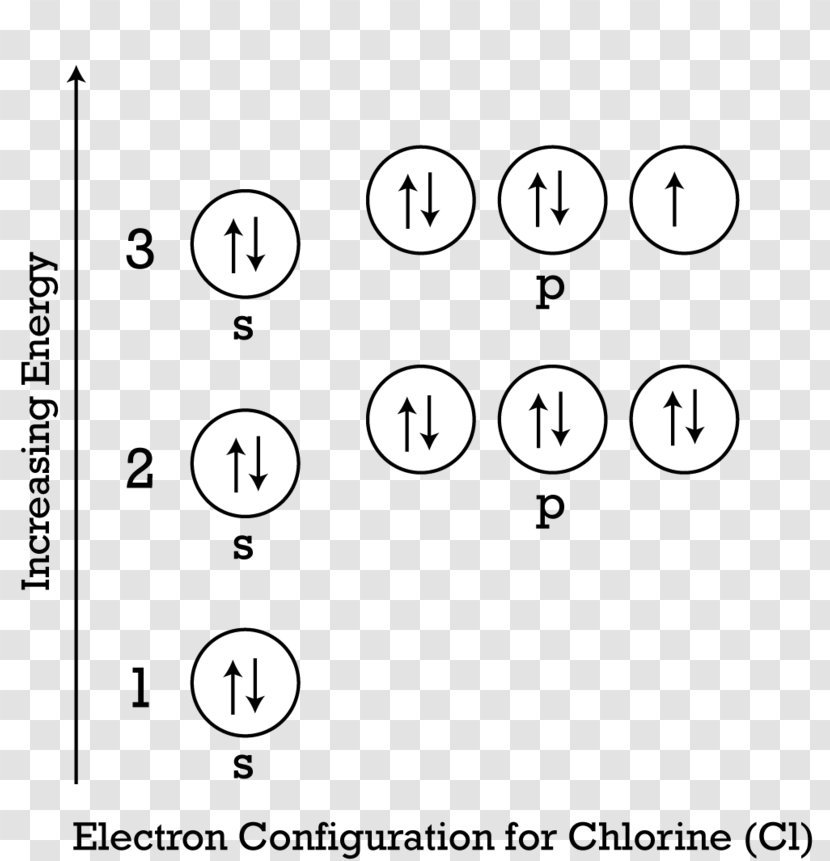



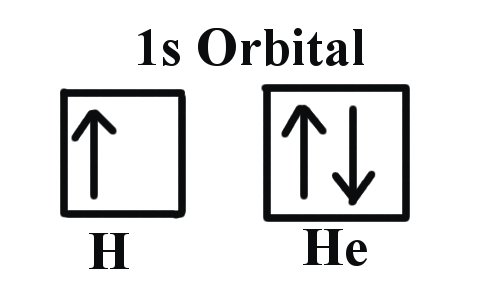


0 Response to "39 pauli exclusion principle diagram"
Post a Comment